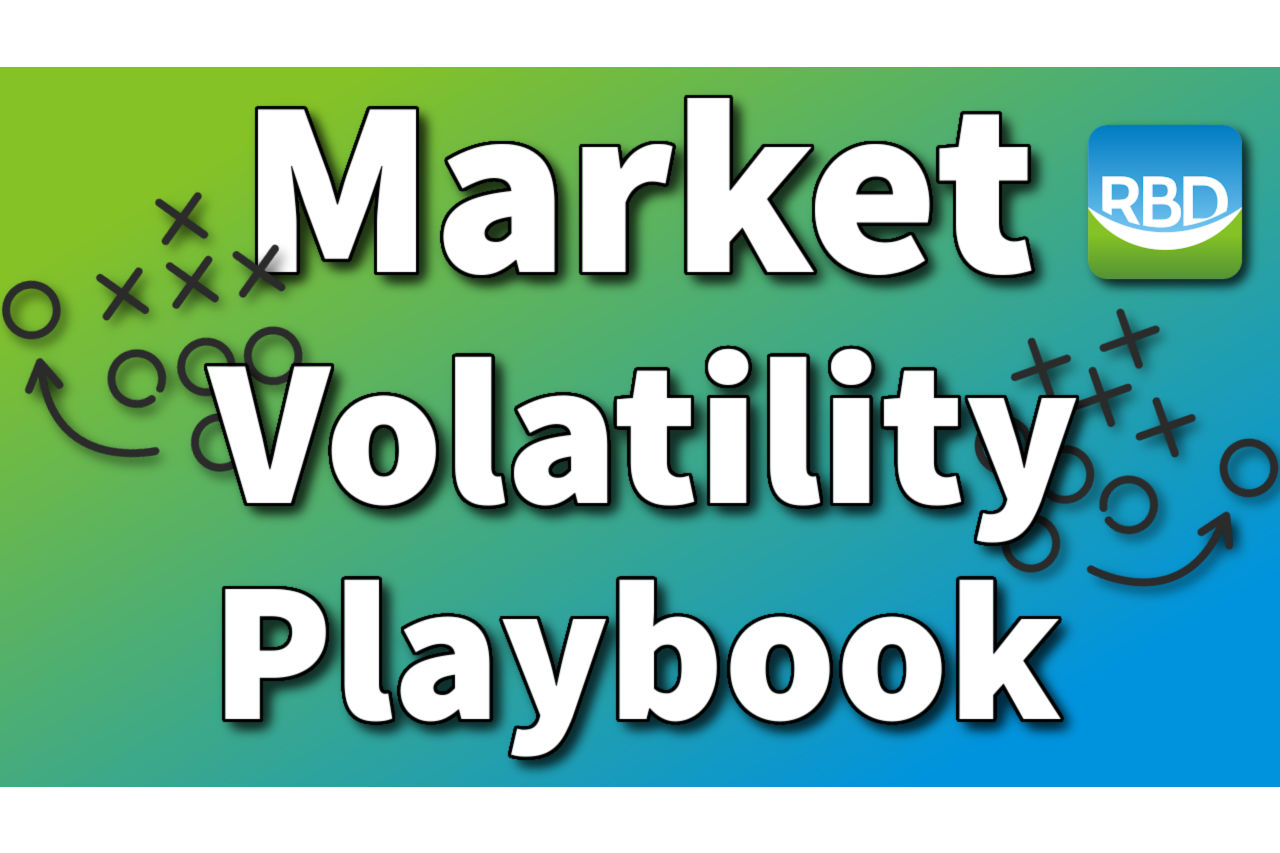The market is in volatile shape right now, and there’s little we can do about it.
New information comes to light every hour, but the fog persists.
With so much being unknowable, the market will fluctuate until policies and corporate earnings become clear and the trauma subsides.
Companies, consumers, and the market need time to figure out the impact. No one knows the severity or how long it will last.
I made a video about five coping mechanisms (and two cautions) for DIY investors that aim to help keep our minds straight as we watch these dizzying market moves and policy decisions.
The market was down a total of 20%, as I recorded this Tuesday. Then up huge Wednesday, and down again Thursday!
But as we know, the market never moves in a straight line. Expect head fakes and false hope, and possibly more pain.
I don’t have answers, but I humbly offer some perspective, having invested through the dot-com bust, the financial crisis of 2007-2009, and the Covid-19 uncertainty.
Doing Nothing is OK
We don’t need to be heroes trying to buy low and sell high. Watching from the sidelines is suitable behavior.
Or don’t watch.
Zoom Out
Look at the big picture. In the video, I highlight the year-to-date S&P 500 chart, then zoom out to six years and a few decades.
The market has always recovered from trauma. It can be comforting to remember and confirm that we are investing for decades, not weeks or months.
Control Factors
In the movie Frozen 2, Olaf, the comical snowman, tells the children to control what they can when things feel out of control.
This line was a jab at all the therapists and self-help gurus out there, but it applies to individuals when greater powers cause anxiety, especially in the context of our life savings.
Learn from Mistakes
If you’re feeling uncomfortable in this market environment, think about what you could have done over the past few years that would have decreased your vulnerability.
Remember those things the next time the market has you feeling prosperous.
I highlight my rebalancing article and video as one example of something we do in good times to prepare.
Read more: How to Prepare for the Next Crisis While Times Are Good
Nibble
As the market falls, it’s OK to deploy excess capital to take advantage of lower prices. But only if you have the money, don’t need it for expenses, and have a long-term investment horizon (10+ years).
Down 20% is a better time to buy than all-time highs. Down 30% is better, 40%, etc.
When you buy on the way down, be ready for prices to fall further. Catching a falling knife always feels terrible. But it’s the outcome to expect if you choose to participate.
That’s why I say nibble (small amounts on the way down) because trying to guess when to make an all-in bet is a bad plan.
Two Cautions
Don’t panic sell
Maintain a long-term outlook. Leaving the market is not the answer.
Watch for black swans
Massive market and economic disruption can expose naked swimmers. The longer this uncertainty lasts, the more likely we’ll see unintended consequences.
The U.S. government is picking economic fights with the people who manufacture what we consume and enable our deficit spending. Stated without comment.
Favorite tools and investment services (Sponsored):
Boldin — Spreadsheets are insufficient. Build financial confidence. (review)
Morningstar Investor — Trusted fund and ETF research + portfolio tracking. 7-day free trial.
Sure Dividend — Research dividend stocks with free downloads (review):
Fundrise — Simple real estate and venture capital investing for as little as $10. (review)
Publisher: Source link










